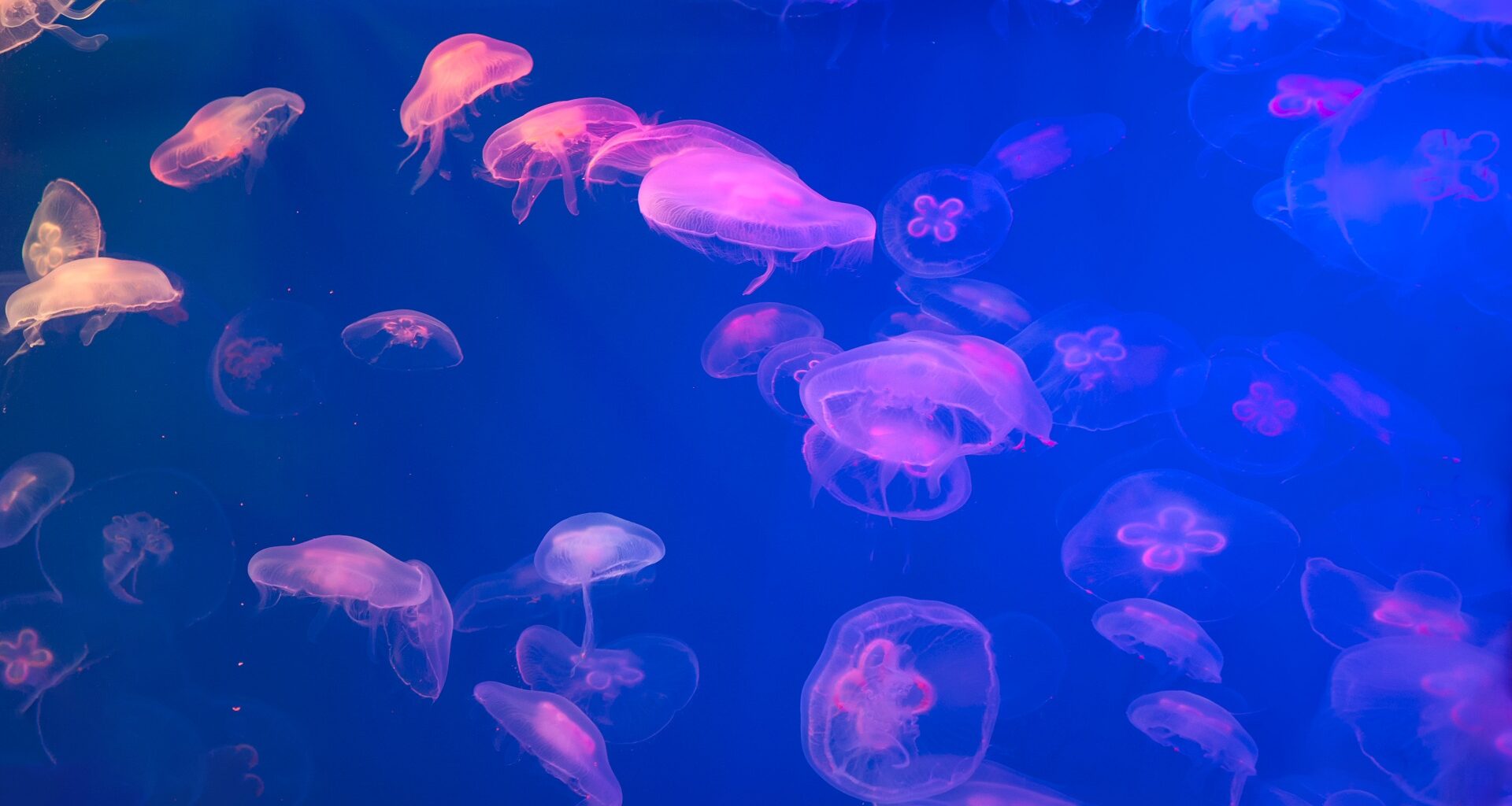Jellyfish have done it again.
A massive swarm of the squishy ocean drifters has forced the shutdown of one of France’s largest nuclear power plants.
The marine interlopers clogged the cooling water intake systems at the Gravelines facility in northern France late Sunday, triggering an automatic halt to three reactors.
A fourth reactor went offline soon after, leaving the entire plant, capable of powering about 5 million homes, out of action. Two other reactors had already been taken down for scheduled summer maintenance.
Jellyfish bloom disrupts power
EDF, the French state-owned energy company, described the invasion as “massive and unpredictable” and said it did not affect “the safety of the facilities, staff or the environment,” according to The Guardian. Electricity exports from France to the UK also remained unchanged.
The Gravelines plant draws its cooling water from a canal connected to the North Sea, home to several jellyfish species that thrive in warmer summer waters. When swarms arrive, they can quickly overwhelm filter drums at pumping stations, cutting off the vital flow of seawater needed to keep reactor temperatures stable.
Jellyfish blooms are a natural phenomenon, often triggered by rising water temperatures and changes in ocean currents.
While harmless to people from a distance, the creatures can cause significant disruption to coastal power plants, which rely on huge volumes of cool seawater for safe operation.
The repeated problems caused by sudden jellyfish influxes have prompted scientists at the University of Bristol to develop an “early warning tool” to predict the en masse appearance of swarms that could threaten power generation.
Such disruptions are far from rare. EDF’s Torness nuclear plant in Scotland was forced to close for a week in 2021 after jellyfish clogged its seaweed filters — a repeat of a similar shutdown in 2011. In Sweden, the US, and Japan, jellyfish have temporarily shut down both nuclear and coal plants.
Marine menace shuts reactors
And in 1999, a massive bloom in the Philippines forced a power station offline, causing a major blackout that some feared was linked to the Y2K bug or even a coup attempt.
More recently, in September last year, workers at eastern China’s largest coal-fired power plant fought for 10 days to clear more than 150 tonnes of jellyfish from its cooling systems after an unexpected surge overwhelmed its infrastructure.
Scientists warn that climate change, overfishing, and shifts in marine ecosystems may be fuelling more frequent and intense jellyfish blooms.
Fewer natural predators, such as sea turtles, and human-driven changes to the ocean environment could create the perfect conditions for swarms to thrive and drift toward shorelines.
For now, EDF says Gravelines will remain offline until the jellyfish are cleared and the cooling water systems are restored. With warm summer waters still lingering in the North Sea, plant operators and marine scientists will be watching closely for the next unpredictable wave of these gelatinous troublemakers.
FAQS:
Is the shutdown dangerous to the environment or public safety?
No, EDF confirmed the event did not affect safety, staff, or the environment during the shutdown.
Why are jellyfish swarms increasing near coastal power plants?
Climate change, overfishing, and changing ocean ecosystems are fueling larger, more frequent jellyfish blooms.
